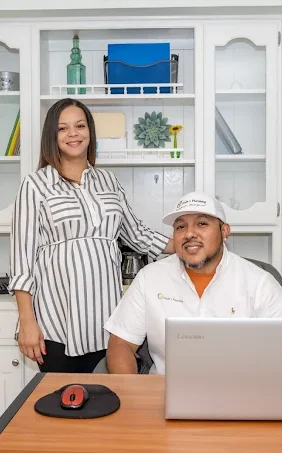Toilets are an essential fixture in every household, but they are prone to malfunction due to constant use. There are several toilet repairs that you can do yourself, without needing to call a plumber. Here are 9 common toilet repairs and how you can do them yourself. Toilet Won’t Flush If your toilet doesn’t flush…
READ MORE PLUMBING ARTICLES
By Made’s Plumbing
Ensuring Safe Water in Arlington, TX With Service Line Inspections
Headline stories like what happened in Flint, Michigan several years back have been a reminder…
Plumbing Myths in Arlington, TX: What Property Owners Should Know
Since the time we’re kids we hear all kids of plumbing myths. From the ridiculous,…
What to Do in a Plumbing Emergency: Tips for Arlington Residents
Experiencing a plumbing emergency in your Arlington, TX home is way more stressful than regularly…
Drop Us a Line!









